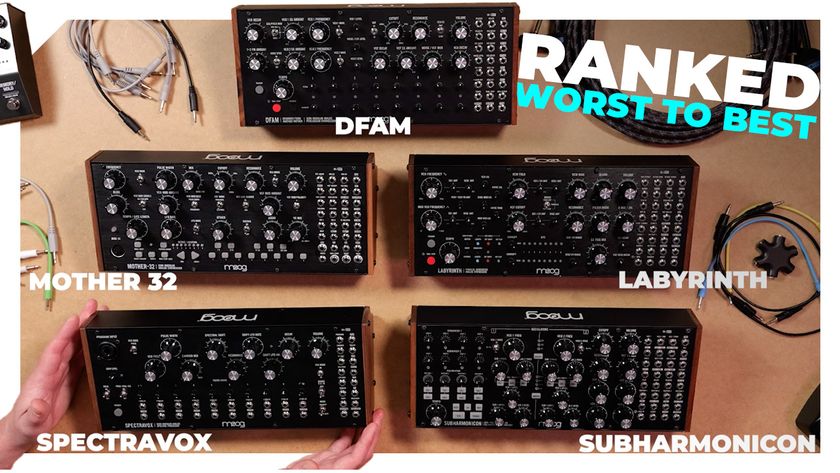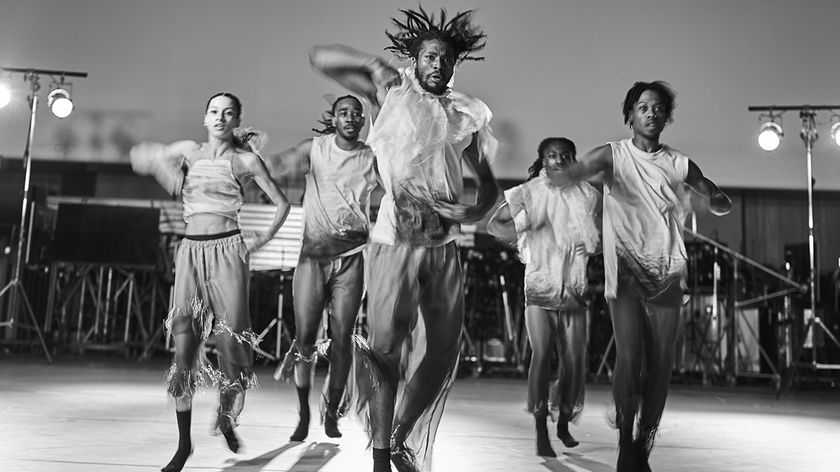While there is a widely accepted 'standard' order for you to chain your pedals together for sound, it isn't the only way. Whatever gives you the best sound for your style and approach is the right way. But we're going to look at four different options for pedal order that you can try - starting with the standard set-up.
Note: Signal flow right (guitar) to left (amp).
1. Standard
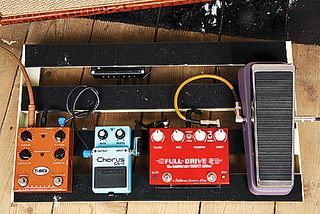
The wah-wah comes first from the guitar signal, followed by overdrive/distortion, then modulation effect (including chorus, pharser, flanger, tremolo) and finally delay.
However, if your modulation is used for a lot of filtering in your sound (phaser or flanger that might effect the EQ of the wah heavily), it would probably be better placed before the distortion pedal.
2. Wilder Wah
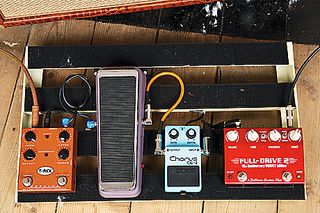
By swapping the places of the wah and the distortion you can accentuate the wah. This setup is useful if you have a boutique or sensitive drive/boost that likes being connected directly to the guitar. Brian May and Carlos Santana favour this way round.
Get the MusicRadar Newsletter
Want all the hottest music and gear news, reviews, deals, features and more, direct to your inbox? Sign up here.
3. Delay Preference

Try bringing the delay further forward in your pedal chain and place the overdrive at the end. This may not sound like the 'right' way but plenty of successful players get great tones from pedals placed in the 'wrong' order. This may give you the wall of sound you're looking for!
4. In The Loop
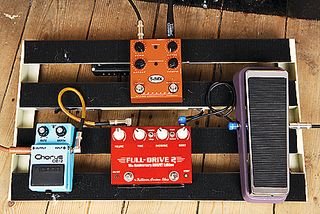
Delays and reverb pedals sometimes work better in your amp's effects loop, especially if you like clean, lush-sounding ambience.
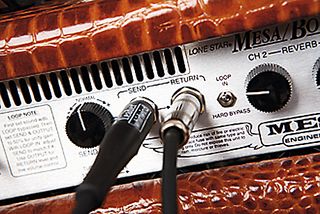
Your effects loop sits between the pre and power amp stages, so you're not subjecting these effects to all the front-end gain and distortion. To do this, go out from your amp's 'send/out' jack, to the input of the first pedal you want in the loop. Then go back from the last pedal's output to 'return/in' on the amp.
True Bypass

The term 'true bypass' can be a big deal when it comes to pedals. True bypass is a switching method that makes the pedal tonally 'invisible' to your signal chain when the pedal is turned off (and just to confuse things, some true bypass circuits are more invisible than others in that respect).
Non-true bypass pedals often have a noticeable effect on your sound, even when they're turned off. It's not necessarily better or worse, but it is worth considering, not least for the ways in which pedals react. For example, many boutique-type overdrives/distortions and particularly fuzz pedals really don't like being after a non true-bypass pedal that uses a buffer at its output. The only rule of thumb, however, is that you must experiment and see what suits your ears and playing style the best.
Experiment
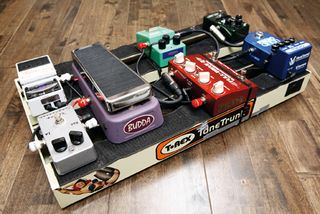
All effects pedals have their own specific idiosyncrasies that will be accentuated or played down by different configurations so don't be afraid to experiment.
When it comes to arranging and powering your effects on a pedalboard, we recommend the ones produced by PedalTrain and T-Rex.
Guitarist is the longest established UK guitar magazine, offering gear reviews, artist interviews, techniques lessons and loads more, in print, on tablet and on smartphones Digital: http://bit.ly/GuitaristiOS If you love guitars, you'll love Guitarist. Find us in print, on Newsstand for iPad, iPhone and other digital readers

“This golden gain machine covers the entire spectrum from gritty boost through to full-on fuzz”: Great Eastern FX’s Focus Fuzz Deluxe has got boost, drive, octave, fuzz... everything going on

“This is the only tremolo pedal in the world that lets you plot your own waveform shapes using controls you first got to grips with as a child”: SoundLad Sketchy review



